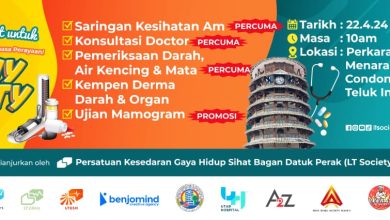

Digestive Health
By Dr Saravana.K
Definition
Non-alcoholic fatty liver disease is a term used to describe the accumulation of fat in the liver of people who drink little or no alcohol.
Non-alcoholic fatty liver disease is common and usually does not cause any symptoms. In some people, the fat that accumulates can cause inflammation and scarring in the liver. This more serious form is sometimes called non-alcoholic steatohepatitis. At its most severe, non-alcoholic fatty liver disease can progress to liver failure.
Symptoms

Usually causes no signs and symptoms but may include: fatigue, pain in the upper right abdomen or weight loss.
Causes
It occurs when your liver has trouble breaking down fats, causing fat to build up in your liver tissue. Doctors aren’t sure what causes it. The wide range of diseases and conditions linked to non-alcoholic fatty liver disease is so diverse that it’s difficult to pinpoint any one cause.
Types of non-alcoholic fatty liver disease
Non-alcoholic fatty liver disease can take several forms – from harmless to life-threatening.
Forms include:
- Non-alcoholic fatty liver. It’s not normal for fat to build up in your liver, but it won’t necessarily hurt you. In its simplest form, it can cause excess liver fat, but no complications.
- Non-alcoholic steatohepatitis. In a small number of people, the fat causes inflammation in the liver. This can impair the liver’s ability to function and lead to scarring of the liver (cirrhosis).
- Non-alcoholic fatty liver disease-associated cirrhosis. Liver inflammation leads to scarring of the liver tissue. With time, scarring can become so severe that the liver no longer functions adequately (liver failure).
Risk factors
A wide range of diseases and conditions can increase your risk including: high cholesterol; high levels of triglycerides in the blood; Type 2 diabetes; obesity – metabolic syndrome; polycystic ovary syndrome or sleep apnoea; underactive thyroid (hypothyroidism); or underactive pituitary gland (hypopituitarism).
Tests and diagnosis
- Blood tests – liver function tests, lipid levels, fasting blood sugars
- Imaging procedures – ultrasound, computerized tomography (CT) scan and magnetic resonance imaging (MRI)
- Liver tissue testing. If it’s suspected that you have a more serious form of non-alcoholic fatty liver disease, your doctor may recommend a procedure to remove a sample of tissue from your liver (liver biopsy). The tissue sample is examined in a laboratory to look for signs of inflammation and scarring.
Treatment and drugs
No standard treatment for non-alcoholic fatty liver disease exists. Instead, doctors typically work to treat the risk factors that contribute to your liver disease. Your doctor may recommend that you receive vaccinations against hepatitis A and hepatitis B to help protect you from viruses that may cause further liver damage.


- Lose weight: reduce the number of calories you eat each day and increase your physical activity in order to lose weight.
- Choose a healthy diet. Eat a healthy diet that’s rich in fruits, vegetables and whole grains.
- Exercise and be more active. Aim for at least 30 minutes of exercise most days of the week.
- Control your diabetes. Take your medications as directed and closely monitor your blood sugar.
- Lower your cholesterol levels
- Protect your liver. Avoid things that will put extra stress on your liver. For instance, don’t drink alcohol. Follow the instructions on all medications and over-the-counter drugs.


